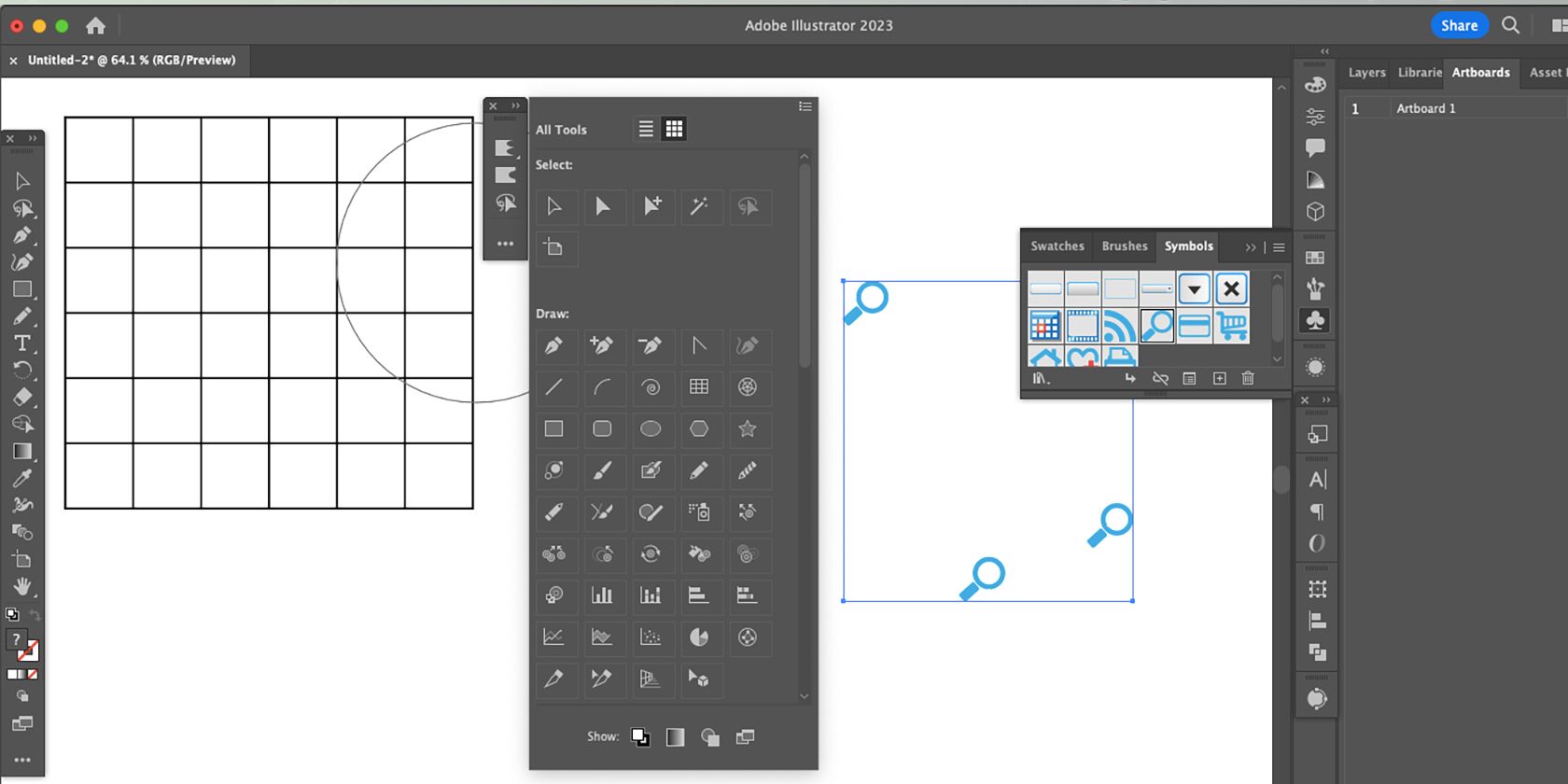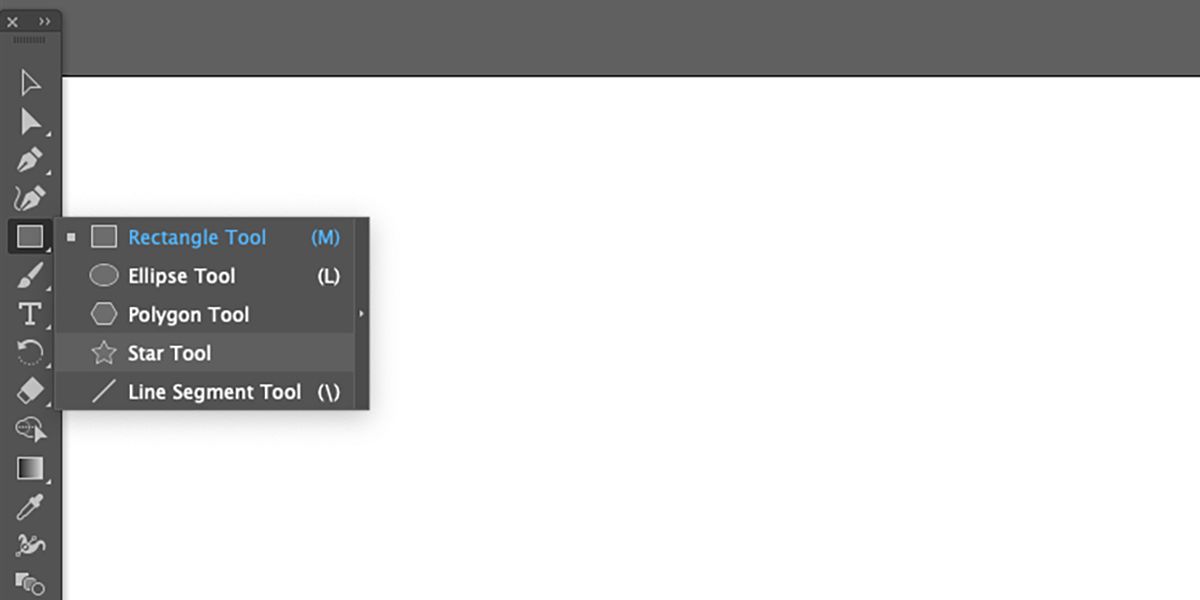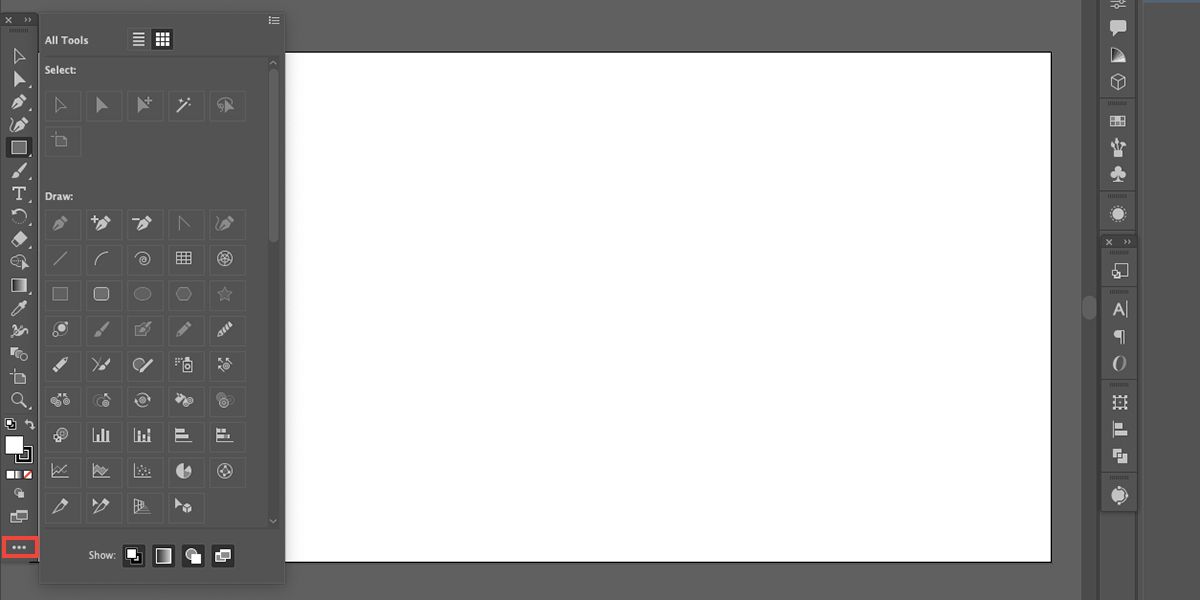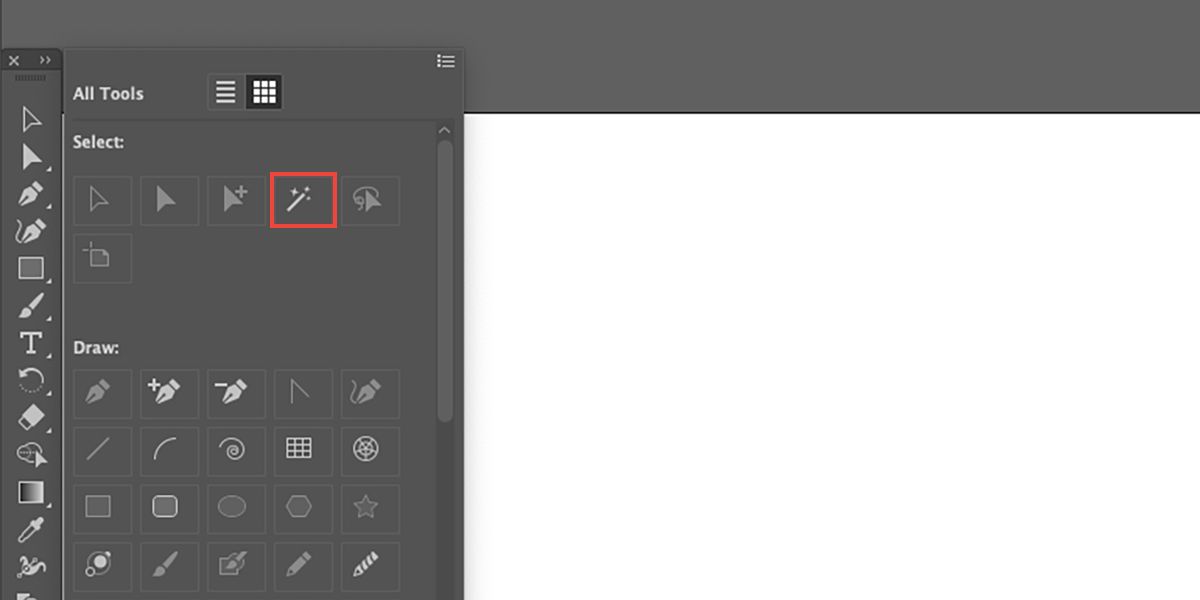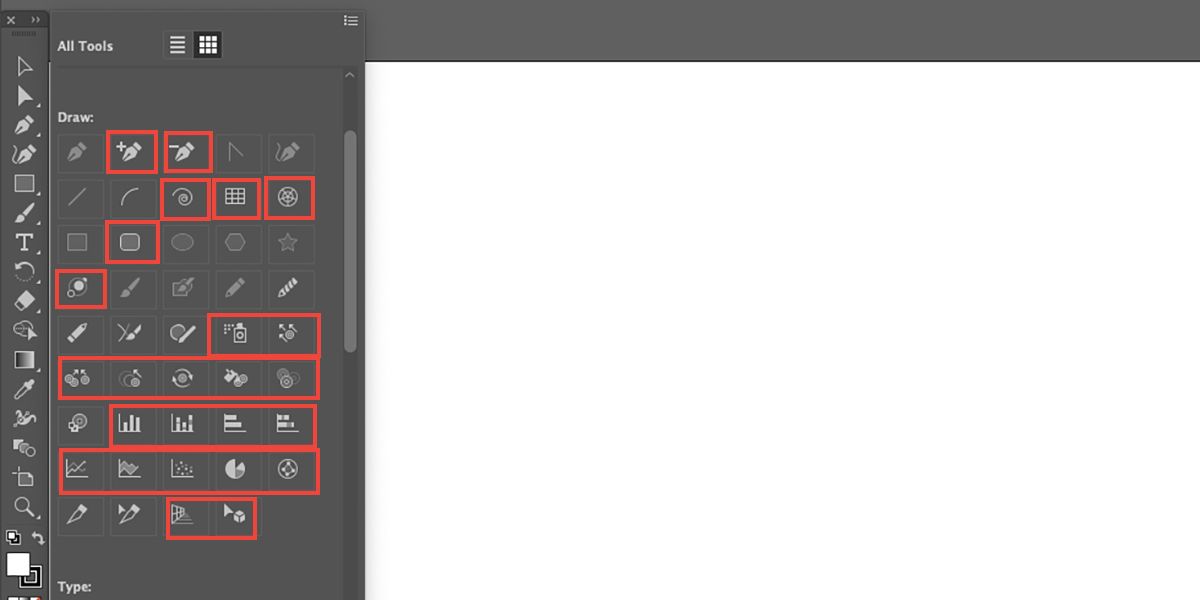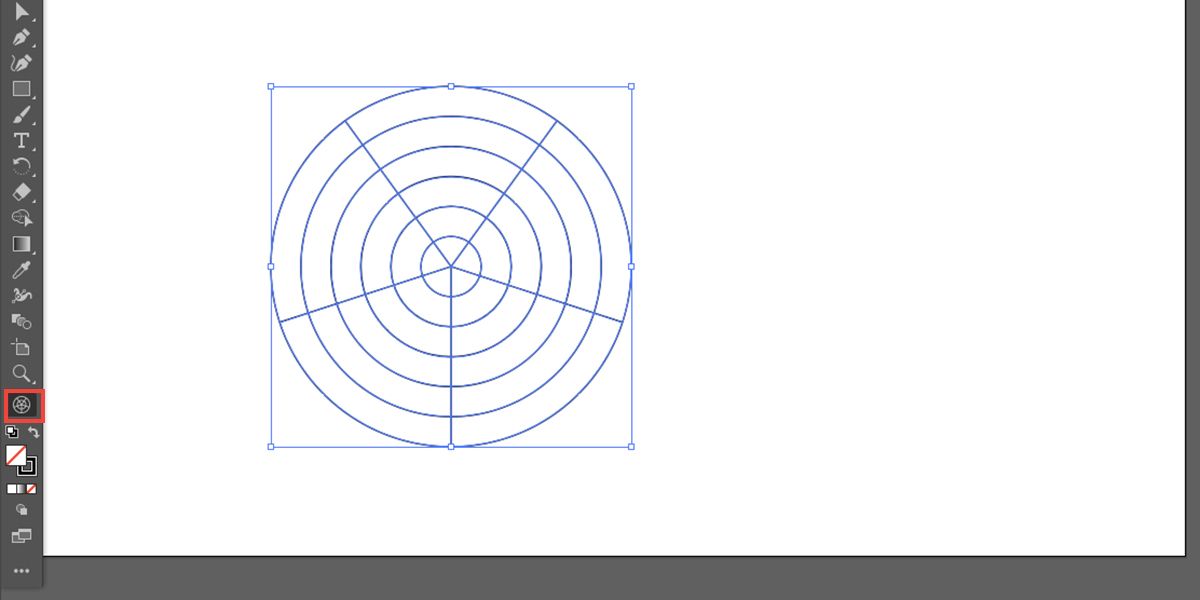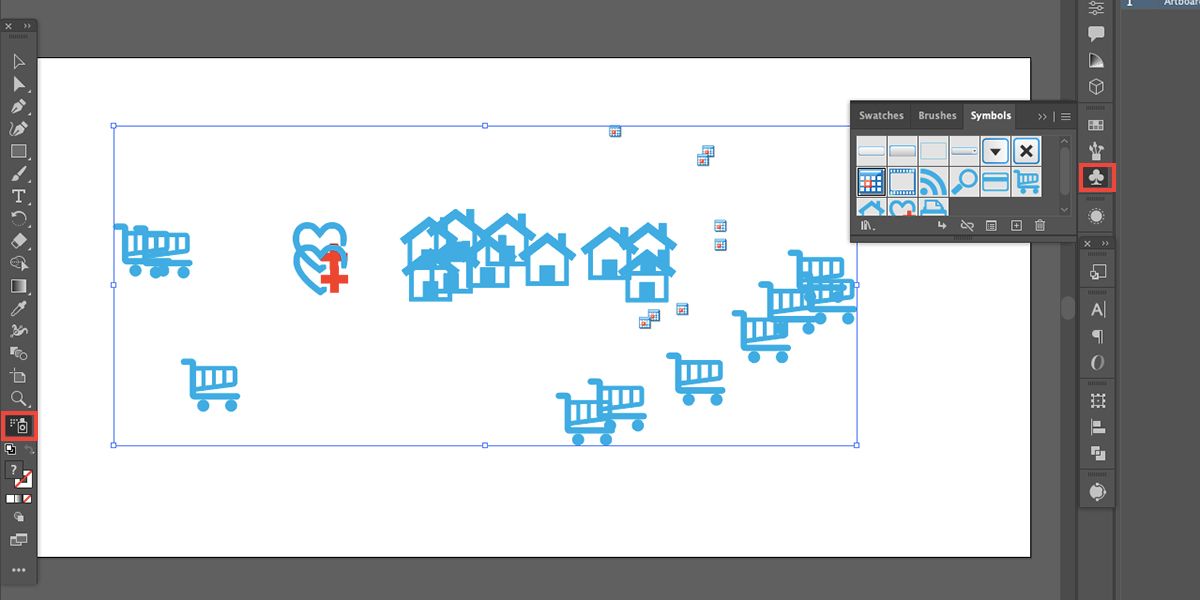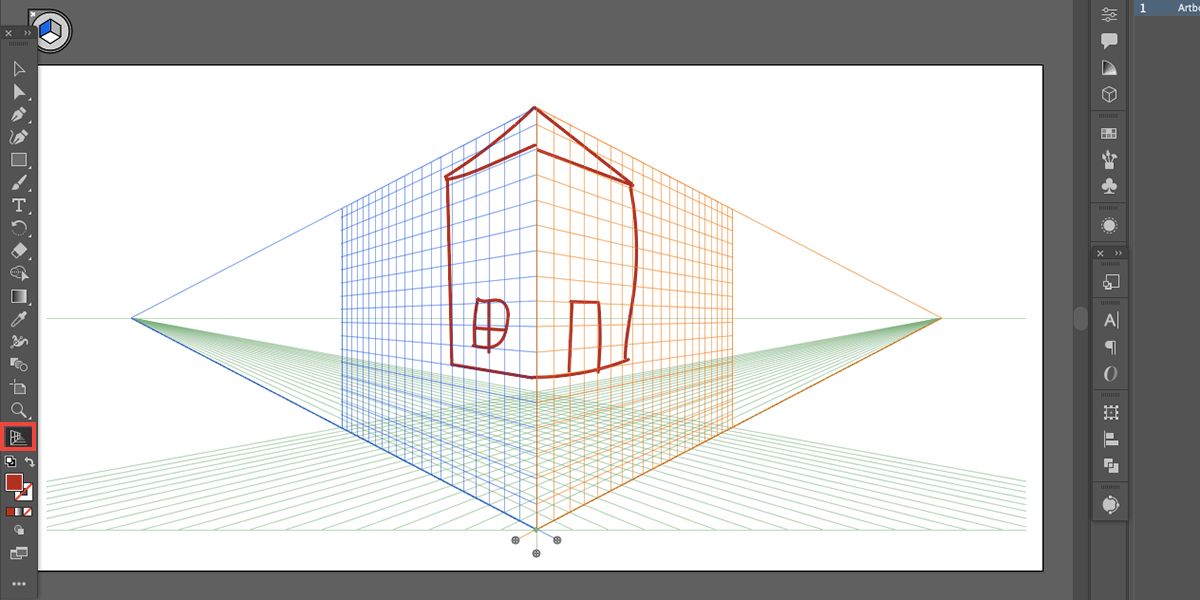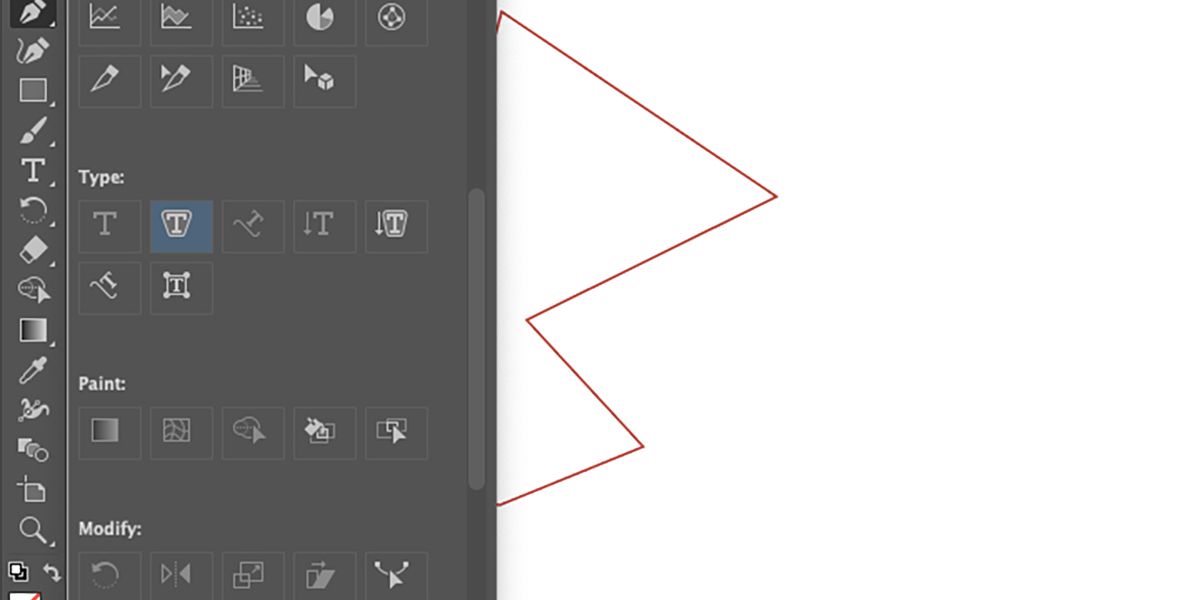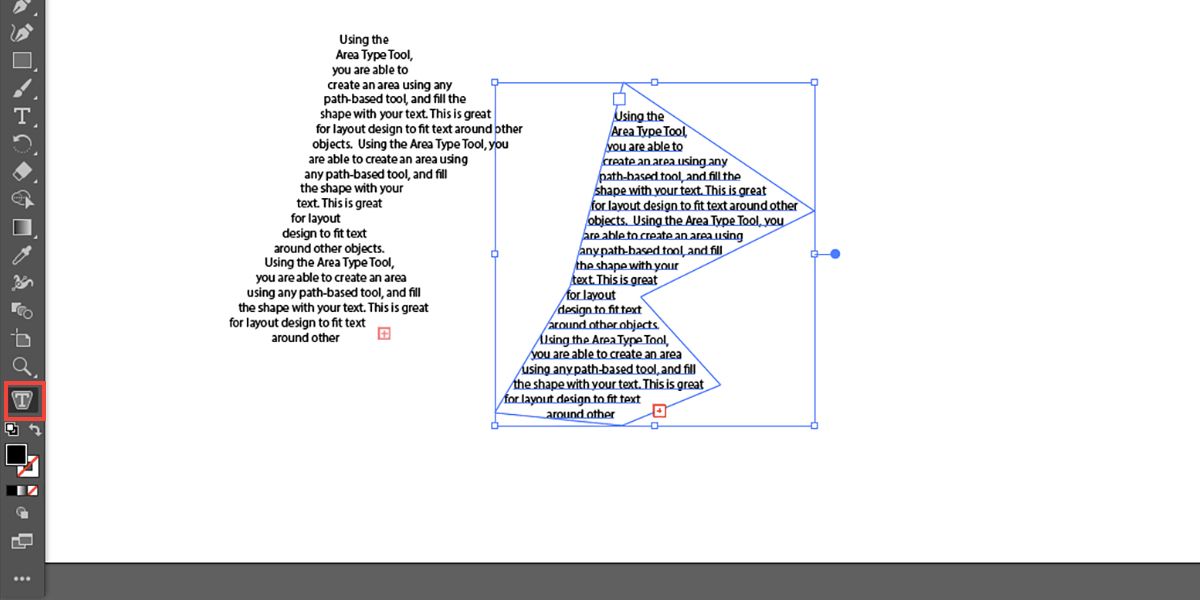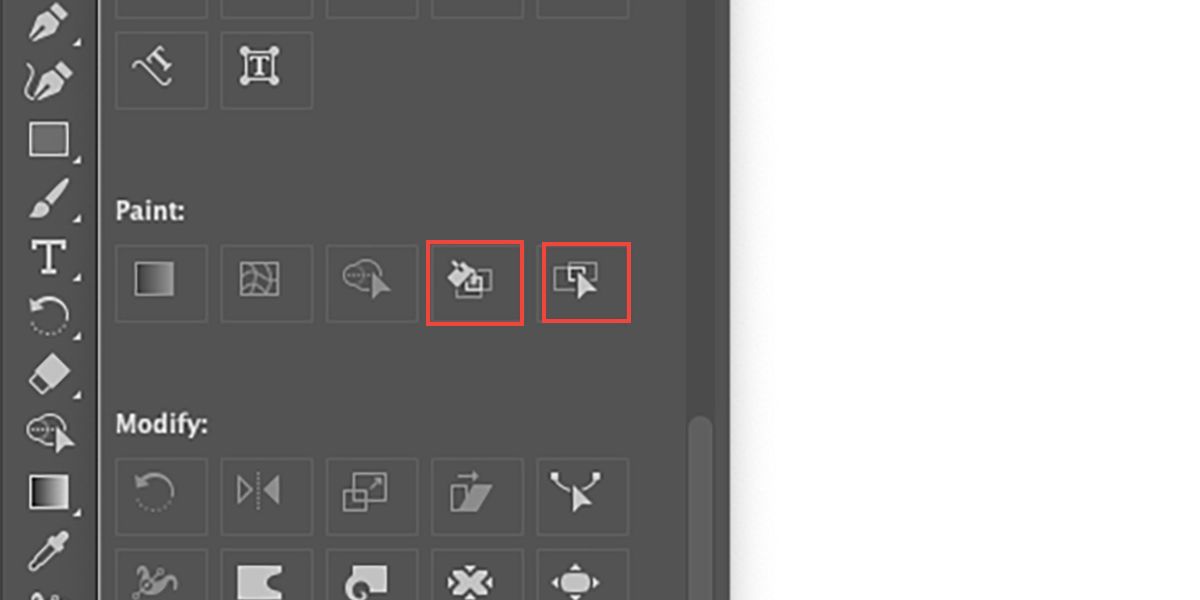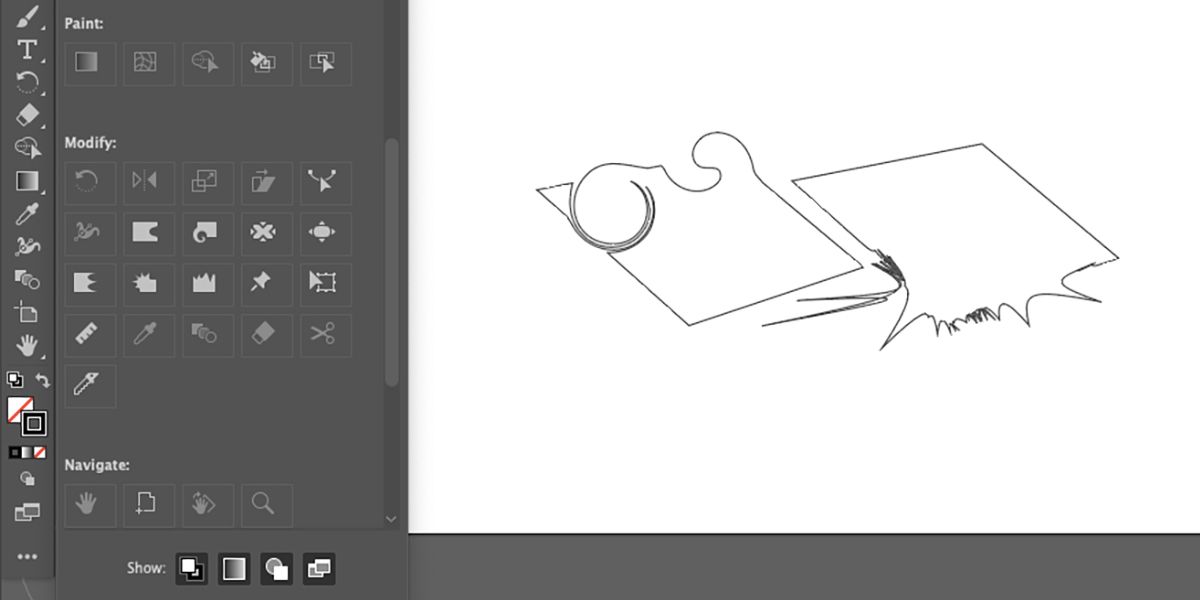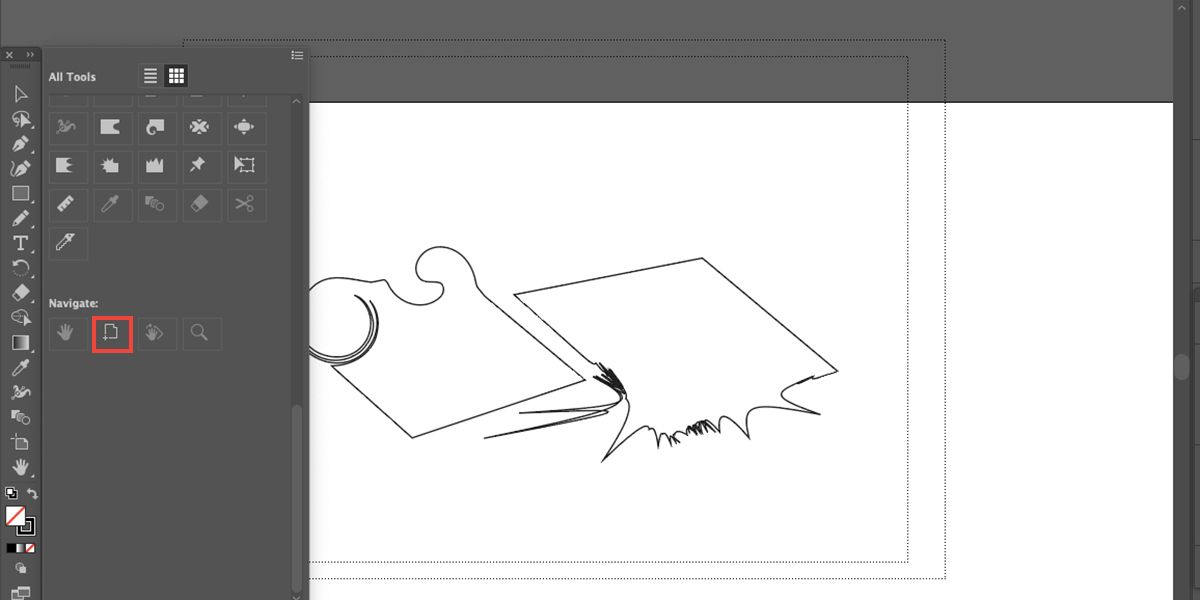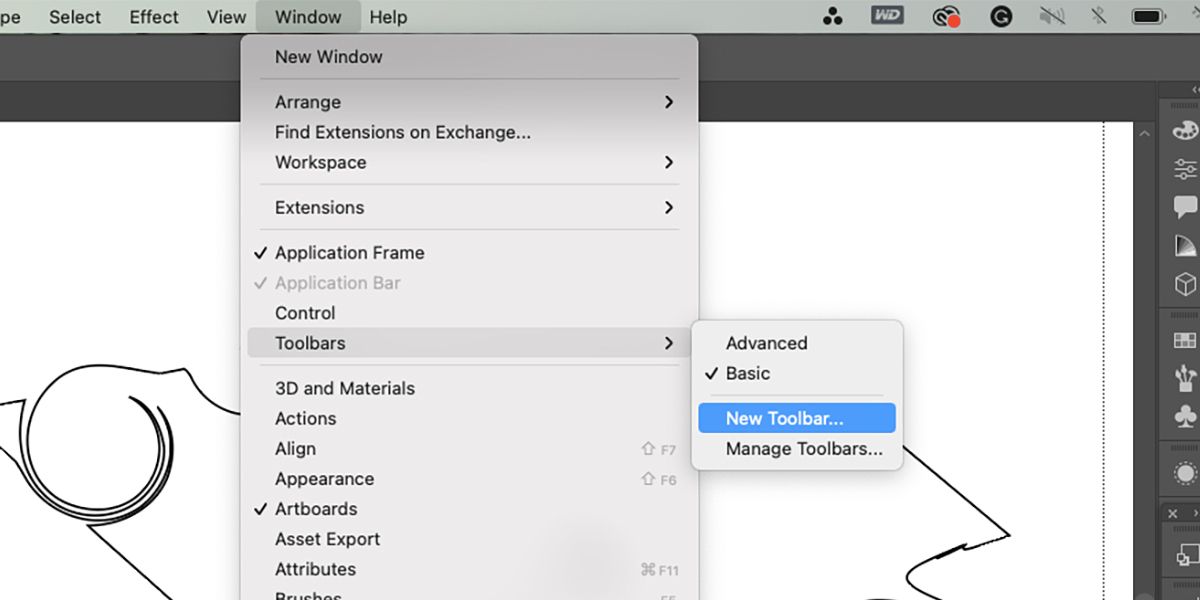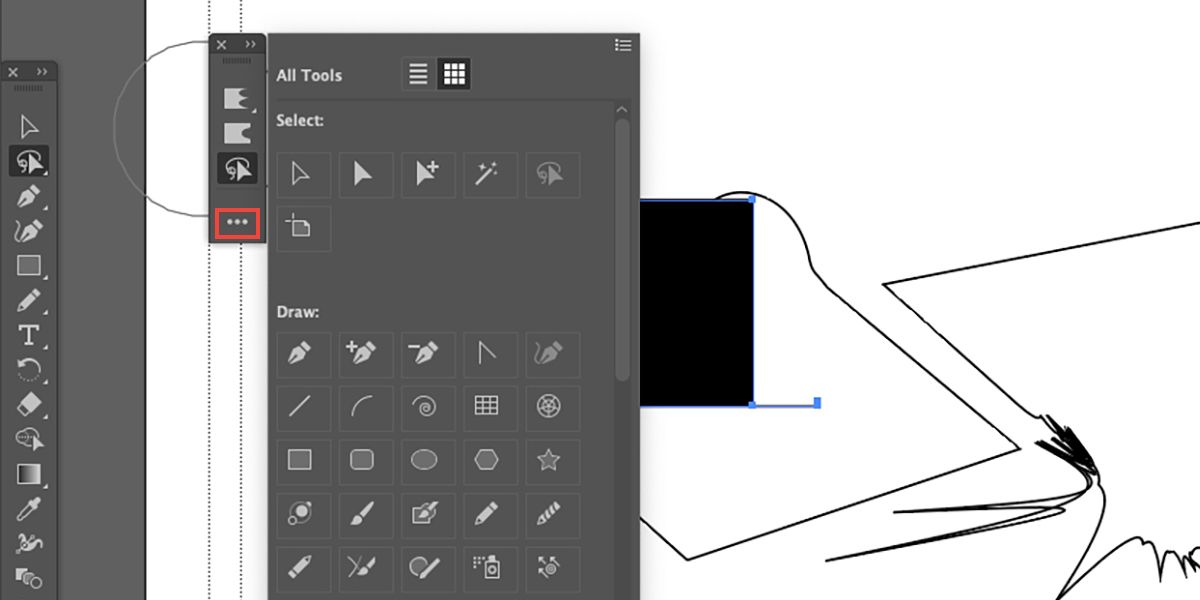There are dozens of hidden tools that aren't displayed on the toolbar in Adobe Illustrator. You might not know of these tools; they’ve been hiding in plain sight all this time.
When using Adobe Illustrator, and other Adobe products for that matter, your toolbar is often set to a default that suits most users. Once you know more about the extras, you’ll be able to adapt your workspace to suit you the best it can.
Where to Find Hidden Tools in Illustrator
The default Illustrator toolbar only shows 16 tools. Selecting and holding many of the tool icons reveals more tools related to the default icon. For example, you’ll find the Ellipse and Star tools by selecting and holding the Rectangle tool, which is the standard for the Shape tools.
But at the bottom of the toolbar, there’s a button that shows a total of 87 tools, including some hidden tools that you won’t find on the toolbar or under its icons. By selecting the Ellipsis at the bottom of the toolbar, you'll open a world of new tools to use.
What Are Illustrator’s Hidden Tools?
The tools under the hidden menu are categorized to help you find them easier. The six categories are Select, Draw, Type, Paint, Modify, and Navigate.
Some icons under each category are grayed out because they're already present in the default toolbar. Any selectable icon in the hidden toolbar won’t be found on the default toolbar; however, when in use, it will appear there temporarily.
The Hidden Select Tools
The Magic Wand tool (Y) isn’t as commonly used in Illustrator as in Photoshop. You can use it for selecting groups of color easily. All the other Select tools are found on the default toolbar.
The Hidden Draw Tools
Under the Draw category are 44 tool icons. 11 of these are grayed out as they feature on the main toolbar. The remaining 33 tools include the Rounded Rectangle, Polar Grid, Rectangular Grid, Add Anchor Point, Delete Anchor Point, Spiral, and Flare tools, as well as various graph tools, various symbol tools, perspective tools, and a few more.
The Polar Grid tool allows you to draw a grid that applies to a circle. You can use this tool to create spider webs in Illustrator and you can add or remove individual lines within the shape to create multiple designs.
Symbol Sprayer tool (Shift + S) works with the Symbol panel, allowing you to spray paint the chosen symbol icons across your canvas. You can use Symbol Sizer to resize sprayed symbols, the Symbol Shifter to move individual symbols, the Symbol Stainer to recolor, and the Symbol Screener tool to change the transparency.
The Perspective Grid tool (Shift + P) places a gridded perspective map on your artboard. From here, you can draw directly using perspective guides and even use the Perspective Selection tool (Shift + V) to move the guidelines around when needed. Just exit the Perspective tool widget to remove the grid from your drawing.
The Hidden Type Tools
Most Type tools are already on the toolbar, and we’ve covered some of the hidden Type tools in our Adobe Illustrator typography guide. But if you struggle to find the tools, or want to know what else is available, you’ll find them under the Type category in the hidden toolbar.
The Area Type tool lets you turn any closed path into a text box, and you can then edit the path to change the shape. This is great for layout design and adding text to custom-shaped areas. The Vertical Area Type tool does the same thing but presents your text vertically instead of horizontally.
The Hidden Paint Tools
The Paint tools are less ludicrous than other hidden tools; these are hiding in plain sight. Most of the Paint tools in the hidden toolbar are available on the default toolbar, albeit some of these may be hidden under other icons, such as the Mesh tool that’s stacked under the Gradient tool.
The only two that are not set as the default are the Live Paint Bucket (K) and Live Paint Selection (Shift + L) tools. The former is known by its keyboard shortcut by most users. If you’ve ever looked for these Paint tools to no avail, now you know where to find them.
The Hidden Modify Tools
You use many of the Modify tools daily without thinking about it; the Eyedropper, Reflect, Shear, and Width tools (the latter is used to scale paths in Illustrator). All the aforementioned tools are found on the default toolbar, but for those that aren’t, you will find hidden away under the Ellipses.
The Reshape tool lets you click and drag any path or anchor point and move it around where you want. You’re not confined to angles, anchor points, or Bezier curves; it’s totally freehand.
You will also find the Twirl, Crystallize, Pucker, Bloat, and Warp tools here for all your customizing needs. The Puppet tool is also under the Modify tab. You can use the Puppet tool to make animations in Photoshop, it works similarly to Illustrator.
The Hidden Navigate Tools
There’s only one Navigate tool that doesn’t appear in the main toolbar; it is the Print Tiling tool. If you’re looking to print your design, using the Print Tiling tool will help you visualize cut-off areas and margins, and save space for printing your design. This ensures you won’t cut off any edges or have obscene amounts of white space when printing.
Try the Illustrator Intertwine tool for non-destructive layering or vectorizing your Procreate drawings in Illustrator, and incorporate these new-found tools in those projects.
How to Add Hidden Tools to Your Toolbar
While the tools mentioned are hidden from the default toolbar, it is possible to add them to a custom toolbar. Go to Window > Toolbars > New Toolbar and name your new toolbar. From here, you can add the specific tools you want in your custom toolbar, including any of the hidden tools.
You can have multiple toolbars for different uses. To switch between different toolbars, go to Window > Toolbars and choose whichever toolbar you wish. To remove a toolbar from view, deselect it by name under the Window > Toolbars tab. You can have multiple toolbars open at any one time.
To add tools to a new toolbar, select the Ellipsis at the bottom of the new toolbar and drag your chosen tools to it. To stack multiple tools under one default icon, drag directly on top of the first icon. To add them vertically on the toolbar, drag them just below the icon before it.
Utilize the Hidden Tools in Illustrator
You might think you know Illustrator inside and out, but there are hidden tools that you probably weren’t aware of. Although they aren’t obvious, they are easy to find. You can customize your toolbar to suit your workflow, so all your favorite tools are right at your fingertips each time you open Adobe Illustrator.

